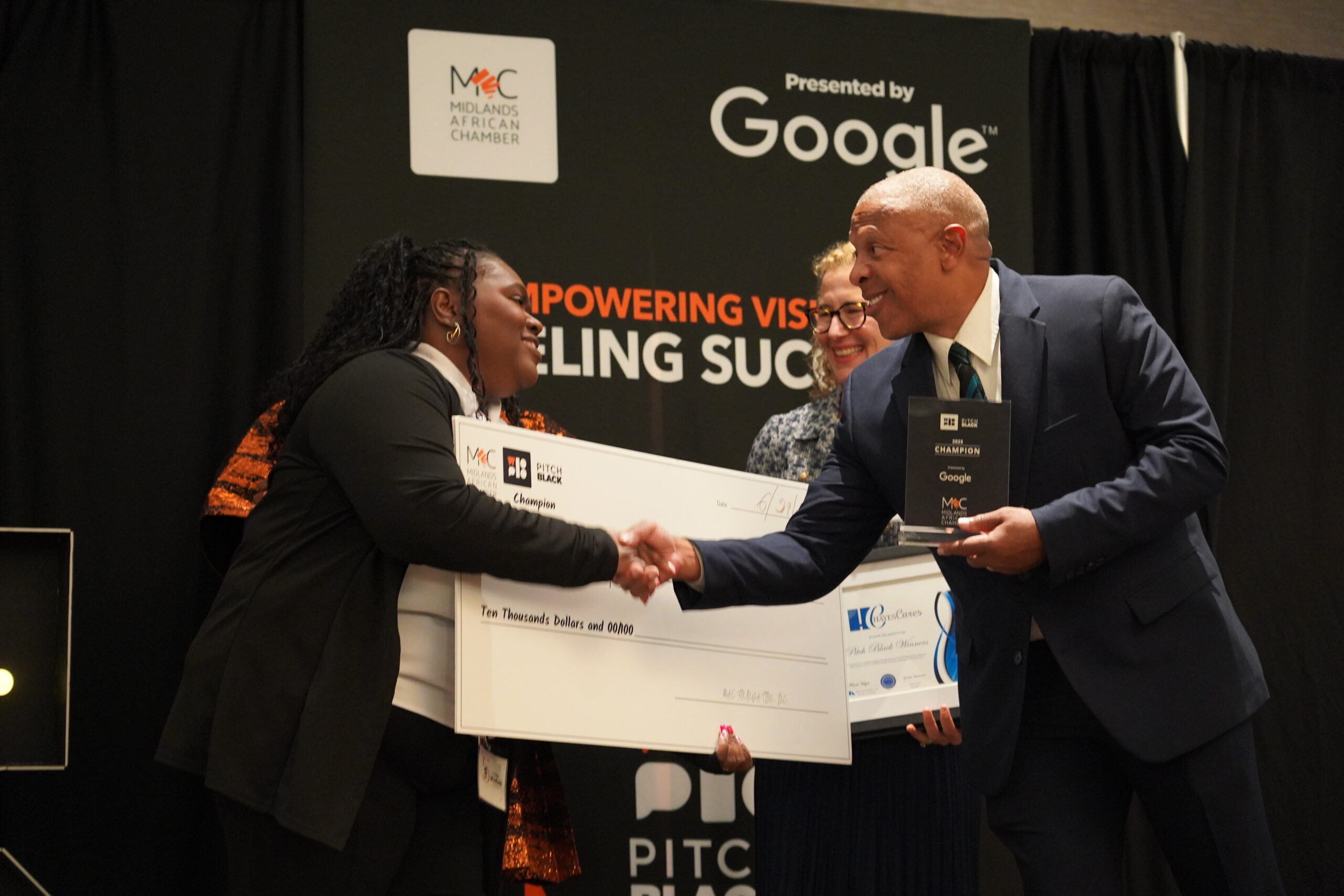
Want to achieve more growth in a month than most companies achieve in a year? You have to think differently.
Technology startups are about speed. Founders can’t wait to share their vision, employees want to experience new challenges, and investors want to think about multiples not percentages — 10x not 10 percent.
The need for speed isn’t trivial.
In 12 to 18 months, your competitors—existing and yet-to-be—will offer products that are 100% better than your current offering. Investors know this. They want companies that can capture a majority market share before their competitors—typically companies growing at 20% month over month.
You are not protected by geography. The Internet breaks down most barriers and allows companies to compete globally from day one. This means that you don’t just have to be the best in your city, you have to be the best in the world.
Finally, new companies have an advantage. Investors expect new companies to spend heavily on product development—70% or more of available cash. While existing businesses are expected to spend between 15 to 20% of retained earnings on product development.
A new company with $1 million in funding can easily spend $700,000 on product development. However, an existing business needs $8 million plus in annual revenue to generate $700,000 in unrestricted retained earnings. If you want to only spend 20% of unrestricted retained earnings on product development, you would need to generate around $40M in annual revenue.
In short, you need rapid growth.
The challenge is this: Traditional companies don’t grow 20% in a year. You have to think differently if you want to grow more in a month than most companies grow in a year.
Cost of entry. You can’t achieve hypergrowth without a great product and business model. However, a great product is not enough. It is just the price of entry. Engineers and entrepreneurs build thousands of products a year that are freaking great, but they just sit on the shelf. You need a great business as well as a great product.
Optimize for change. Traditional businesses optimize for efficiency. They look for ways to save money, even if that means large upfront investments. Hypergrowth businesses optimize for change. They don’t buy things in bulk, they don’t sign long term leases. They focus on making this month their best month.
Plan further. Optimizing for change doesn’t mean that you shouldn’t plan. Just the opposite. The faster you are growing, the further you need to look down the road. If you want to experience hypergrowth, planning needs to become second nature. One of the most valuable things you learn in business school is scenario planning:
- What could happen?
- How will people respond?
- How should I respond?
The more scenarios you have thought through the faster you will be able to react to changes.
Recruit from a plan. Lean startup methodology is great for developing your business model. However, it can cause whiplash for your employees. You need a plan—in writing.
Employees need to know how the business is going. Otherwise they will join you for where your business is today and not where it is going. Don’t get stuck selling them on your vision each time the business changes direction.
Your business plan should talk about where the business is going, and how it will respond to challenges and opportunities. Let your employees, investors, partners see your vision and learn how you think. You won’t have to look back, and your team will be confident that tomorrow will be better.
Big league! It can be tempting to hire newbies. Avoid it at all costs! You will not save money, and they will slow you down. Newbs can’t work for equity—they have no savings and are typically saddled with debt. Instead, hire from the Big League.
Experience means knowledge and skill—which allows for massive creativity and quick execution.
- Knowledge plus brainpower equal creativity. The broader and deeper your knowledge the more creative your ideas will be, as long as you make a serious effort.
- Skills are what you can do without much effort. You need a team that can make designing, developing and selling a great product look easy.
Also, while your team needs to be able to execute today, they need to manage tomorrow. They need to be talented leaders, excellent technicians and not afraid to get dirty. This will allow them to be comfortable as a team of 1 and also on a team of 50. You can’t afford to replace your team as you grow; they need to adapt.
Act like Daddy Warbucks! On the Internet the spoils of war go to the biggest and the best. Being good is not enough; you have to be freaking great. Success requires monopolizing a market.
Aspiring monopolists don’t focus on profit and loss — at least not today. Their focus is on expanding their balance sheet. They buy businesses, merger with competitors, court strategic investors, and align with powerful brands. They don’t worry about control, they focus on making sure powerful people want them to succeed—whether altruistically or selfishly.
You still need to generate cash flow, but this is a constraint not a goal. Your goal needs to be wealth creation.
It is a popularity contest. To grow fast, people need to care about what you are working on. The Internet has made filters extremely important. People have the same amount of time with more information. To be heard you have to stand out.
The most powerful way to standout is your social status. Even Google cares about your social status. It is the most valuable filter on the Internet. Building friendships and even links take time, and consistency. You won’t create a following by producing one creative idea. You have to continuously provide value to people. However, overtime more and more people will pay attention.
The key is to be consistent, interesting and helpful.
In conclusion, investors look for velocity. Velocity is a function of distance and time. Just reaching a certain revenue milestone is not enough. You have to do it quickly. For a hypergrowth startup failure is not running out of cash—failure is slowing down.
—
Grant Stanley is the CEO of Bric. Bric is a product that increases employee utilization for professional service employees through more accurate project planning and time tracking. On average Bric’s clients make an extra $850 in profit per employee per month. For a 10 person team that is an extra $102,000 a year in profit.




